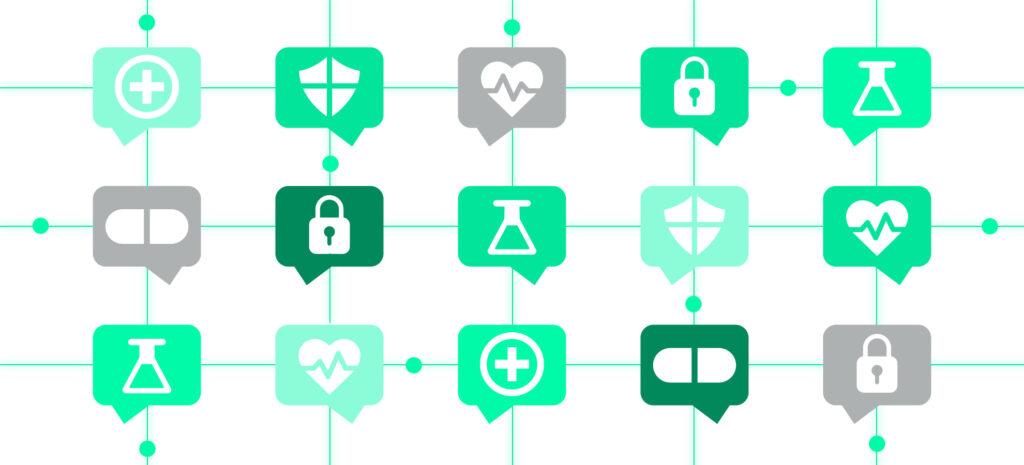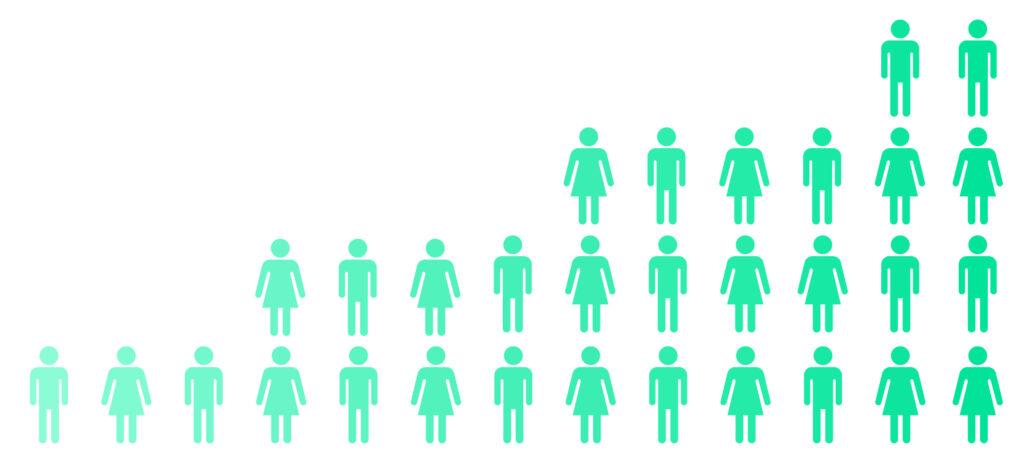Electronic data capture (EDC) is a web-based software that stores patient clinical trial data in electronic rather than paper form. Data may be input initially on paper and transferred to electronic form, or input directly into the EDC system. The data lives inside the system saved as an electronic case report form (or eCRF).
Once data from clinical trials are collected, a full-featured EDC system cleans, analyzes, processes, and exports the data. It streamlines data collection, quickens access to information, and ensures data quality — reducing time and costs of clinical trials and accelerating productivity. A good EDC solution also provides an intuitive, researcher-friendly interface and navigation.
EDC systems are newish technologies and there are no legal or regulatory requirements to use them for clinical trials. But life science companies are increasingly investing in EDC systems or building their own, signaling EDC’s eventual establishment as a common and fundamental tool in conducting clinical trials.
Who uses EDC software for clinical trials?
- Sites are institutions (typically hospitals or clinics) that collect and coordinate data from clinical trials. Nurses and study coordinators or other personnel input the data in the EDC system. Then the study’s investigator (physician in charge of the patient’s care and data) reviews and signs off on the data.
- Sponsors are the life science companies that generate the trials to get their medical innovations approved by regulatory authorities (such as the FDA) before bringing their medicines or devices to market. People involved include monitors for source data verification, biostatisticians who analyze data, and the data manager who ensure the data is clean (of discrepancies and inconsistencies) and usable.
- Contract research organizations (or CROs) contract with sponsors to facilitate clinical trials. They may operate the trial itself on behalf of the sponsor, or take specific key roles such as clinical data management, analysis, and monitoring). CROs may use the same EDC systems as sponsors.
What data is stored on an EDC system?
All relevant patient data are stored in an EDC solution system. Very basically, this information includes:
- Demographic data in clinical trials
- Medical history
- Diagnosis
- Treatment
- Concomitant medications
- Lab tests
- Monitoring data
- Insurance information
- Follow-up
The basics of how an EDC system works
An EDC system stores clinical trial data and facilitates its collection, cleaning, and exporting until the final version is accepted into the trial database.
How data is collected: Once EDC software is installed (as a web-based application) on a computer, data is input by users who log in and type it into fields in the company’s specially designed forms. Data can also be integrated into EDC from eCOA (electronic clinical outcome assessment) users. In this patient-generated data collection system, participants (patients or their caregivers) use eCOA tools to conveniently transmit their data from home through the web, smartphones, or tablets.
How data is cleaned: Some data quality can be checked by the ECD system — through checks and verifications programmed into the software — before making it into the trial database. Data managers can periodically check the data and query sites if there are discrepancies or inconsistencies that need to be cleared up.
When data cleaning is complete it’s cleared for export and analysis, often according to a sponsor’s or CRO’s DMP (clinical data management plan), documented in earlier stages of the trial.
How does an EDC system benefit the clinical trial process?
Quick access to data: A web-based system provides near real-time access to trial data for stakeholders, which supports more informed decision-making and flexibility in clinical study design.
Data security: Hosted online, an EDC system is accessible only to authorized users, and its data is centrally located, protected, and backed up on the cloud-based software.
Accuracy (integrity, quality): EDC systems are configured to set data limits that prevent illogical or inaccurate values from being entered and recognize and flag data errors.
Collaboration: Clinical trial data sharing can occur through a link to a secure site with multiple stakeholders and researchers worldwide.
Compliance: Medical data, identity, privacy, and clinical research are highly regulated to protect sensitive medical information. Using paper or legacy software to capture data makes it difficult to achieve good clinical practice (GCP) and general data protection regulation (GDPR) compliance or meet HIPAA compliance requirements. A web-based single EDC platform restricted to authorized users only greatly reduces security risks.
Like other advancing technologies, EDC software is evolving to become more powerful, cost-effective, and user-friendly. Its ability to integrate with other e-clinical software and import data from a range of sources (electronic health records, lab reports, imaging sources) can keep clinical trials running smoothly and take advantage of big data analytics for clinical trials.
While these technologies reduce cost and hassle to trial sites and sponsors, they are also beneficial to patients and consumers through increased accuracy and speed. To learn more about how to improve the clinical trial process, read our Guide to Successful Clinical Trial Design.






